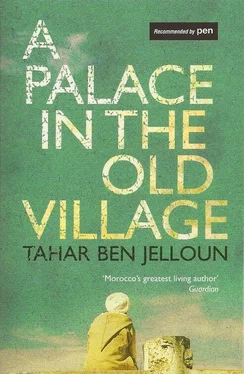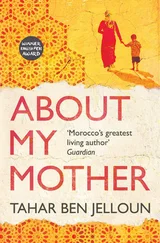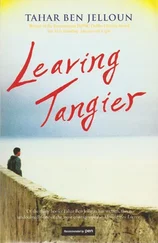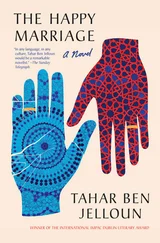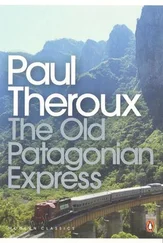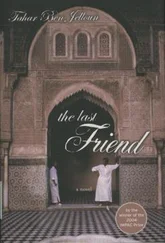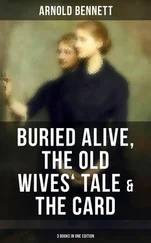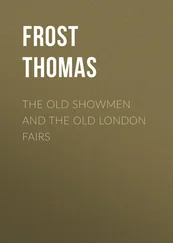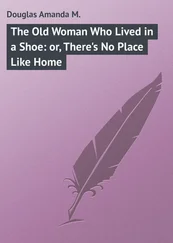15 In the West, a jinn is usually thought of as a “genie in a bottle,” but in pre-Islamic Arabian mythology and in Islamic culture the Jinn are a race of supernatural creatures lower than angels, capable of assuming human or animal form and influencing mankind for good or evil. Jinns are invisible to humans unless they choose to be seen by them. Although the Jinn live in their own societies like humans (they eat, marry, and while they may live for hundreds of years, they do die), like angels the Jinn have no substance: whole communities can live comfortably on the head of a pin or cosily in a vast desert waste. They like water and tend to live by creeks and in wells and washrooms, cemeteries and old ruins. They are touchy creatures, however, and it is dangerous to intrude on their territory, even by accident.
16 The popular approach to mental and much physical illness in Morocco derives both from the Berber traditions of animism, which attribute magical powers to nature, and from the tenets of Islam. In Moroccan sorcery, spiritual power both benign and malignant can reside anywhere — a tree, a bird, a glass of tea — as the natural property of the object, or it can be placed there by human agency. It can be unleashed at random (a traveller tripping on a stone) or can target a specific person. It can also attack without physical contact, via jinns or the evil eye, harming a victim through the envy of other people even without their conscious will.
The Sufis brought Islamic mysticism to Morocco in the twelfth century, and their holy men, the marabouts, acted as intercessors between mankind and the spiritual realm. One of them, Bouya (Father) Omar, gained fame in the sixteenth century by interceding with the Jinn for their human victims and arranging compensation for the spirits’ grievances (through animal sacrifices, Koranic readings, prayers, offerings at a marabout’s grave). Today a holy man’s tomb is likewise called a marabout, and there are many of these simple, white-domed structures throughout Morocco. The marabout of Bouya Omar, not far from Marrakech, is particularly popular with people afflicted by mental illness.
TAHAR BEN JELLOUNwas born in 1944 in Fez, Morocco, and emigrated to France in 1961. A novelist, essayist, critic, and poet, he is a regular contributor to Le Monde, La Repubblica, El País, and Panorama . His novels include The Sacred Night (winner of the 1987 Prix Goncourt), Corruption, The Last Friend, and Leaving Tangier . Ben Jelloun won the 1994 Prix Maghreb, and in 2004 he won the International IMPAC Dublin Literary Award for This Blinding Absence of Light .
LINDA COVERDALEhas translated more than sixty books, including Tahar Ben Jelloun’s award-winning novel This Blinding Absence of Light . A Chevalier de l’Ordre des Arts et des Lettres, she won the 2006 Scott Moncrieff Prize and the 1997 and 2008 French-American Foundation Translation Prize.
